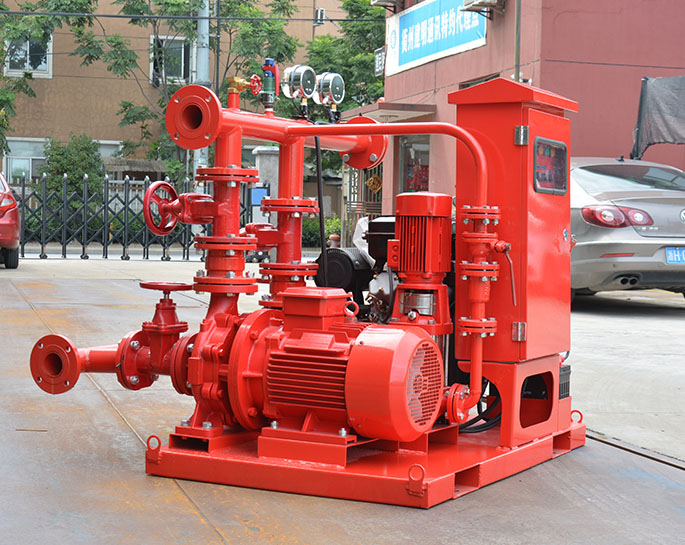The correct use of fire pumps
Fire pumps are a critical component of a fire protection system, and their correct use is essential for effective fire suppression. Here are the key aspects of using fire pumps correctly:
-
Understanding the Purpose: Fire pumps are designed to increase water pressure and flow rate for firefighting purposes. They are typically used when the available water supply, such as from a municipal water system or a gravity tank, is insufficient to meet the firefighting demands.
-
Proper Installation: Fire pumps should be installed by qualified professionals in accordance with local building and fire codes. The installation should consider factors like the location, power source, and size of the pump.
-
Regular Inspection and Maintenance: Fire pumps require regular inspection and maintenance to ensure they are in working condition. This includes checking for leaks, ensuring the fuel source (if applicable) is operational, and testing the pump periodically.
-
Testing: Fire pumps should be tested periodically to ensure they function as expected during a fire emergency. This testing may involve running the pump to check for proper pressure and flow rates.
-
Power Source: Fire pumps can be powered by electricity, diesel engines, or other sources. Ensure that the power source is reliable and that backup power, such as a generator, is available in case of a power outage.
-
Suction and Discharge Connections: The pump's suction and discharge connections must be correctly configured and maintained. Suction piping should be free from obstructions and leaks, and discharge piping should be properly sized to deliver water to the fire protection system.
-
Water Supply: Verify that the water supply source (e.g., a water tank, reservoir, or fire hydrant) is adequate and properly maintained. Adequate water flow and pressure are essential for the pump to function effectively.
-
Monitoring and Control: Fire pumps should have monitoring and control systems in place to start automatically when needed and shut down once the fire is under control. Manual controls should also be available for operators to start and stop the pump.
-
Training: Anyone responsible for operating or maintaining fire pumps should receive proper training on their use and maintenance. This includes understanding the pump's controls, safety procedures, and emergency shutdown protocols.
-
Documentation: Keep detailed records of inspections, maintenance, and testing of the fire pump. This documentation can be essential for compliance with local regulations and for insurance purposes.
-
Emergency Response Plan: Integrate the use of fire pumps into your facility's overall emergency response plan. Ensure that all personnel know their roles and responsibilities in the event of a fire emergency.
-
Local Codes and Regulations: Familiarize yourself with the specific fire codes and regulations in your area, as they may have requirements and guidelines related to the use and maintenance of fire pumps.
It's important to note that the correct use of fire pumps is just one aspect of a comprehensive fire protection strategy. Fire prevention, detection, and evacuation procedures are equally important components of fire safety. Always consult with local authorities and fire safety professionals to ensure compliance with regulations and best practices for your specific situation.


.png)
.png)

.png)


